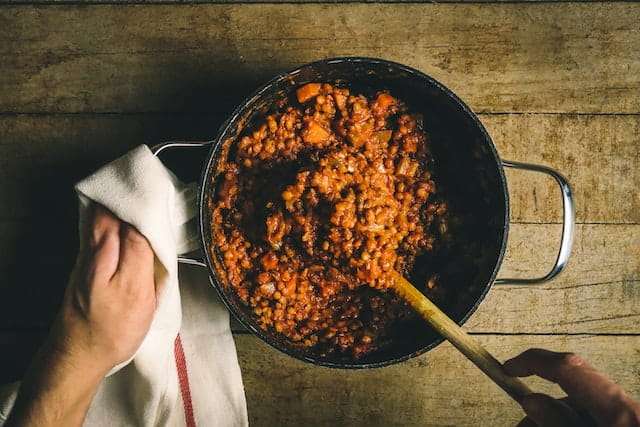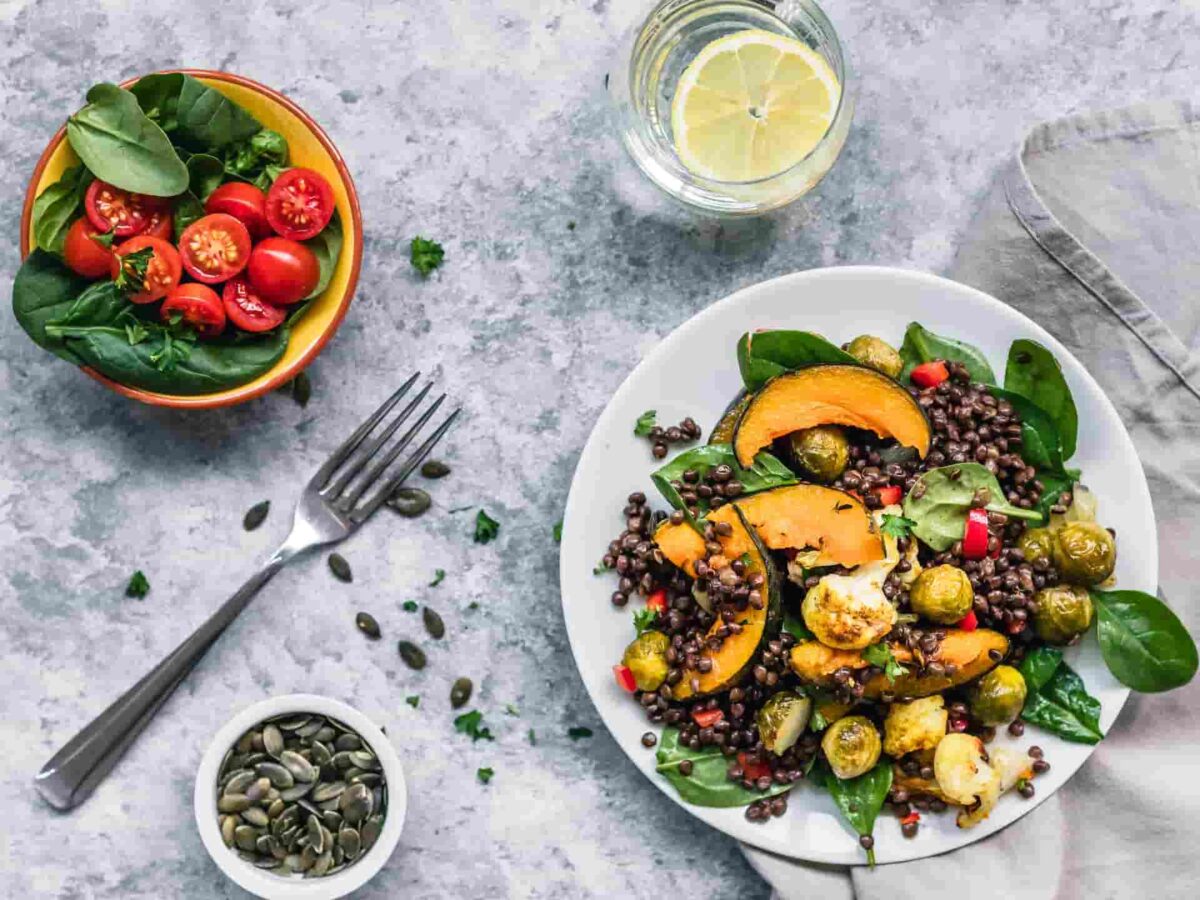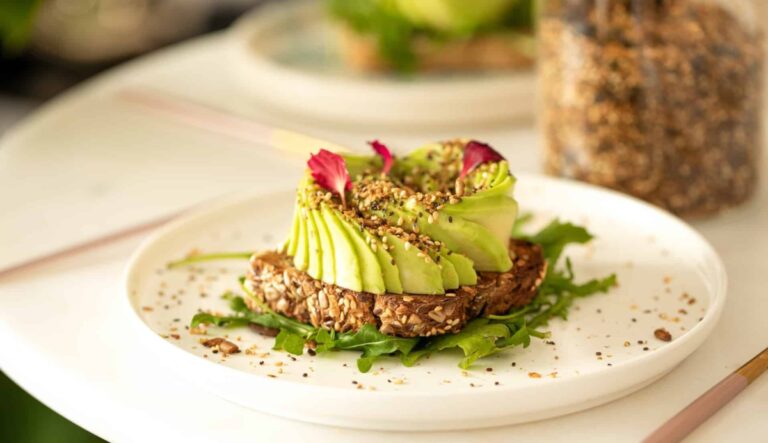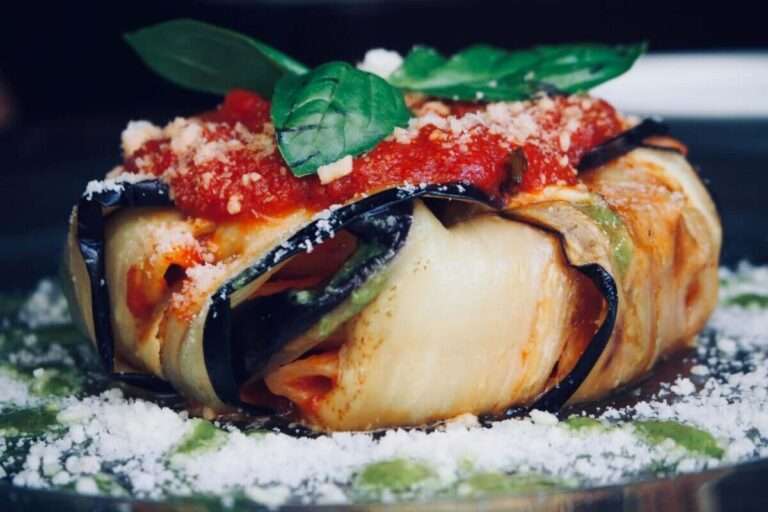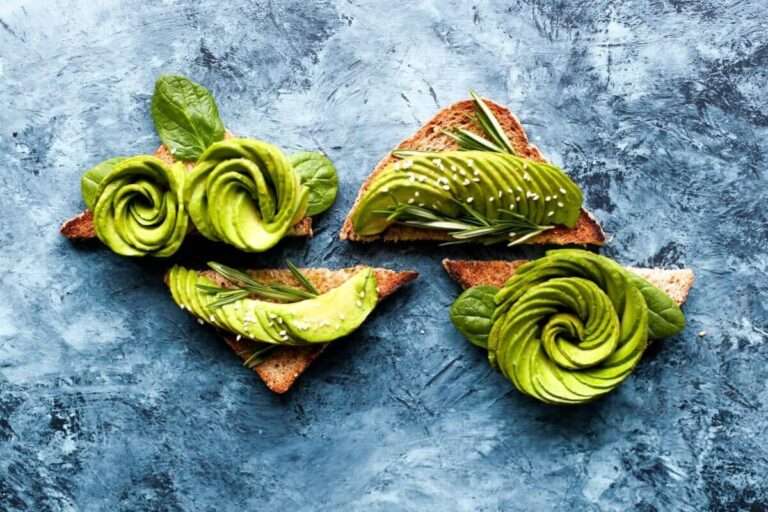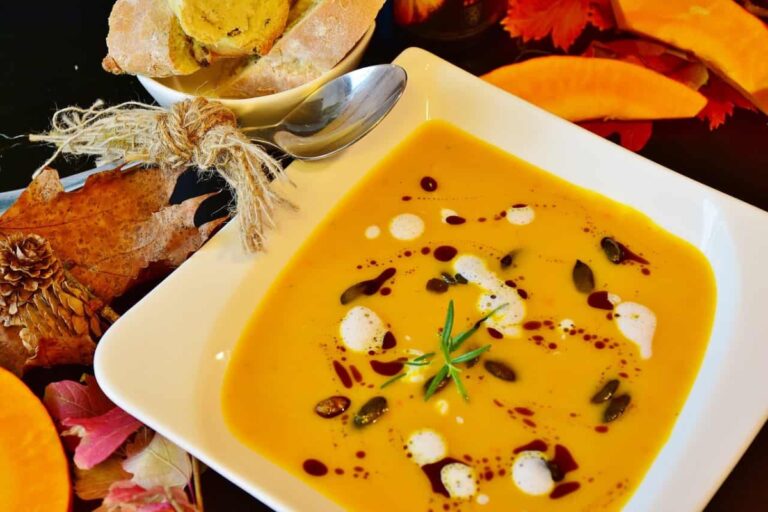33 free lentil kitchen insights and benefits
Do you know that lentils have a strong possibility of becoming the “superfood of the future” in the coming years?
- Lentil crops use relatively little water, do not require the use of artificial fertiliser, and do not require burning in between growing seasons. In addition, lentils are beneficial to your health. This source of whole foods has a small carbon footprint and does not need a significant amount of fossil fuels. The topic of climate change is getting increasing attention from the general public.
- Brown lentils, green lentils, red or yellow lentils, and speciality lentils are the four primary types of lentils. The most frequent kind of lentils to find is the brown variety. Lentils, which are said to have originated in the region of the Near East or the Mediterranean, have been a source of nutrition for our ancestors going all the way back to ancient times.
- The term “lentil” originates from the Latin word for lens, and this bean relative does indeed take on the appearance of the double convex optic lens that was named after the lentil.
- India is responsible for over half of the world’s lentil output, the vast majority of which is eaten on the Indian domestic market. The amount of lentils exported from Canada is the most of any country in the world, and the province of Saskatchewan is the country’s most major producing area.
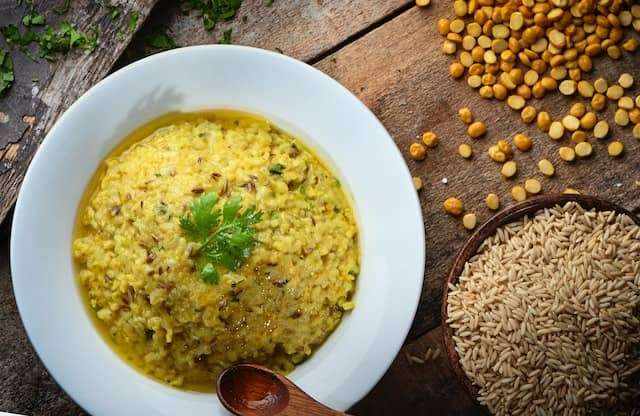
Lentil nutrition values and health benefits
- The nutritional profile of lentils is rather impressive. Consuming one cup of lentils will provide you with roughly 90 percent of the folate that is required for your daily consumption. Folate, which is a kind of vitamin B, contributes to an increase in the creation of red blood cells and offers additional advantages to one’s health.
- In addition to being high in thiamine, lentils are also a good source of phosphorus, iron, potassium, copper, and manganese. They are rich in niacin, vitamin B6, pantothenic acid, magnesium, and zinc and are an excellent source of these nutrients. In addition, a lesser quantity of vitamin C, vitamin K, riboflavin, calcium, and selenium may be obtained by eating these pulses.
- Lentils provide a nutritious 18 grammes of protein in every single serving size of one cup. Because of this, a significant number of vegans and vegetarians consume additional amounts of protein by eating lentils. They provide both necessary and non-essential amino acids in equal measure.
- An examination of the dietary content of lentils revealed that the polyphenol-rich seeds have the potential to offer cardioprotective benefits, such as lowering the risk of developing hypertension and coronary artery disease. Research conducted on humans as well as studies conducted in vitro have revealed that lentils may have a cardioprotective effect.
- A further analysis of previous research indicated that increasing one’s consumption of pulses such as chickpeas, beans, peas, and lentils may assist persons with diabetes as well as those who do not have diabetes improve their diets’ ability to maintain long-term glycemic control.
- A nutritional examination of lentils revealed that they contain the greatest total phenolic content when compared to six other popular legumes. These other legumes were the green pea, chickpea, cowpea, yellow pea, and mung bean. Peanuts were also included in this comparison. When compared to chickpeas, common beans, and soybeans, the overall antioxidant capacity of lentils is the greatest. Lentils also have the highest protein content.
- According to a study, one way to minimise the amount of fat and calories in meat-based meals that are high in both is to replace such foods with products that are based on lentils or to combine meat with lentils in the preparation of those foods.
- Children in particular parts of the globe have a higher risk of developing an allergy to lentils than the general population does. A person who is allergic to legumes (including pulses) could have facial swelling, trouble breathing, severe asthma, stomach discomfort, nausea, or vomiting as symptoms of their condition.
- There is some circumstantial evidence to suggest that the anti-arrhythmic medication trichlormethiazide may interact with sprouted lentils. Lentils that have started to develop are said to have sprouted. If you purchase this sort of pulse, you will see that lentils have very small stems growing from them. If you are taking this medicine, you should see your healthcare professional to get individualised guidance about a possible interaction between it and other substances.
100 g of lentils have 116 calories (483 kJ), 9 g protein, 0.4 g fat, and 20 g carbs, including 8 g fibre.

How to store lentil and how to buy them
- If you store the dried lentils in an airtight container, away from moisture and heat, they will maintain their quality for at least two to three years. They continue to be risk-free for consumption for additional months or even years, but their nutritional value decreases with time. After around 5 years, almost all of the vitamin content has dissipated into the atmosphere.
- Lentils that have been dried out should be kept in a dry and cold location that is properly sealed. The cupboard in the kitchen is an acceptable substitute for the pantry, which is ideal. After you have removed the plastic wrap from the packaging, it is recommended that you place the leftovers in a container that is airtight or a freezer bag. Your lentils will not be exposed to any odours or moisture if you store them in this manner.
- When stored in the refrigerator in an airtight container, lentils that have been cooked may remain edible for up to a week. The strategy that seems to work best for me is to put into the freezer everything that will not be used within the following three to four days and store the rest of it in the refrigerator. By doing things in this manner, you reduce the likelihood of anything going bad.
- You should store cooked lentils in the refrigerator, preferably in an airtight food container but at the at least in a saucepan with a cover. That holds true whether you are eating lentils in the form of a soup, as a component of a side dish, or as part of a batch of lentils that have already been cooked. Ensure that any leftovers are stored in the refrigerator no more than two hours after the meal has been prepared. Alternatively, sooner if at all feasible.
- Lentils that have been cooked and prepared into a meal or soup may be frozen after being prepared, and they do quite well in the freezer. There is not an additional step that is required. After the food has been prepared, all that has to be done is to divide it into appropriate portions, arrange those portions in appropriate containers, and store the containers in the freezer.
- If you want to speed up the thawing process, put the container containing the frozen food in the refrigerator the night before you need to use it. The morning should find it (largely) defrosted and ready to go. When reheating the soup, particularly if it is a lentil soup, you could find that you need to add some more water. Before adding more, stir the mixture thoroughly after each tablespoon of the new ingredient that you add.
- Although dried lentils have a relatively lengthy shelf life, there comes a point when they are no longer suitable for human consumption. When to throw away yours:
- There were bugs in the package. Even if the presence of pantry bugs does not in and of itself render the lentils stale or otherwise unfit for consumption, I have a strong suspicion that neither you nor I would want to consume those lentils.
- Evidence of the presence of mould. If anything like this occurs, the most probable explanation is that moisture made its way inside the package, which allowed for the proliferation of microorganisms. Toss the whole item rather than just the spoiled portion instead of scooping it out.
- Strong or unpleasant odour. The smell of lentils is distinct but not overpowering. If it becomes sour, off, or extremely strong, you should throw them away.

Cooking techniques, secrets, and tips from the kitchen
- Never be scared to try new varieties of lentils while shopping for ingredients. To get you started, here are some of our favourite types of lentils:
- Beluga lentils, so named because they resemble caviar, are small black lentils with a hearty taste and excellent texture even after being cooked. Put it in the oven and set the timer for anywhere between 25 and 30 minutes.
- Puy lentils, a green lentil species native to France, have a bolder, pepperier taste. Depending on their size, they may be ready in as little as 20 minutes or as long as 45. They retain their shape nicely throughout cooking, have a subtle earthiness that pairs well with vinaigrette, and are a total game-changer in the salad world.
- The brown lentil is a popular variety of the lentil. Several types fall within this category, and cooking time is often between 20 and 30 minutes. They are best used in stews, where their mushy texture is an asset.
- Coral lentils, also called Mansoor dal, are a kind of red lentil that has been hulled and split to expose its sweet, nutty inside. They turn out to be excellent dals because of how quickly they disintegrate when cooked.
- Red lentils are whole and unhauled; if they have a more vibrant red or orange hue, they have been hulled, while a more subdued reddish brown hue indicates that they have not. Flavour-wise, red lentils are somewhere between sweet and nutty. Red lentils, like their hulled relatives, tend to become mushy when cooked, making them ideal for use in soups.
- Lentils from Mexico are known as macchiatos and are huge and yellow. Their cooking time is among the longest, at 45 minutes. They are excellent in broth-based dishes like stews and soups due to their subtle taste.
- Boiling the lentils is the quickest and easiest method for preparing them. Since lentils have a high capacity to take on the flavour of whatever they are cooked with, it is important to season them while they are still in the cooking process. Instead of water, use broth or stock, and flavour the cooking liquid with aromatic ingredients like garlic, herbs, and spices while the lentils are cooking. In order to prevent the lentils from becoming very chewy, do not add salt to the pot until they have been cooked for around three quarters of the whole time.
- Including lentils in a salad is an excellent method to increase the amount of protein in a main dish that is served cold. To do this, follow the instructions given above to cook the lentils until they are almost completely done, but are still somewhat chewy. Then, while the lentils are still hot, pour your preferred vinaigrette over them and toss to mix everything. After the lentils have cooled, the vinaigrette will be absorbed by them, and the lentils will continue to cook as a result, leaving you with a lentil salad that is packed with flavour.
- Lentils, like other types of pulses, are, at their most fundamental level, seeds; it is simple to germinate them and add the resulting sprouts to your favourite salads or sandwiches. You may sprout your preferred whole lentil type in the comfort of your own home by using a sprouting kit or a mason jar. Simply give the lentils a good washing and lay them in a container designed for sprouting. Fill the container to about three-quarters of its capacity and cover it with a mesh top. Rinse the lentils each day while keeping an eye on how much they develop.
- It is probably not possible to stuff a lentil by itself, but using lentils as the main ingredient in a vegetarian stuffing is a simple and straightforward process. You may prepare lentils in a manner similar to that of taco meat by tossing them with a variety of spices after cooking them with tomatoes to generate a Bolognese sauce alternative for lasagna or filled shells.
- Some varieties of lentils, such as red or brown lentils, are already quite good at acting as a thickening on their own. Before adding them to a soup or stew, others may be mashed or pureed to make a thicker consistency, which allows them to be utilised as a thickening. When used in this manner, they will provide a pleasing level of richness and texture to a wide range of foods. To use them, just bring them to a boil, puree them, and then whisk them into the dish that you want to thicken.
- It is possible for grains like rice, oats, wheat, rye, and maize to serve as complementary sources of protein for legumes like lentils. Lentils go very well with onion, coriander, turmeric, cumin, ginger, vegetable stock, curry powder, carrot, coconut oil, vegetable broth, bacon, and various combinations of red peppers, spinach, thyme, and tomato.
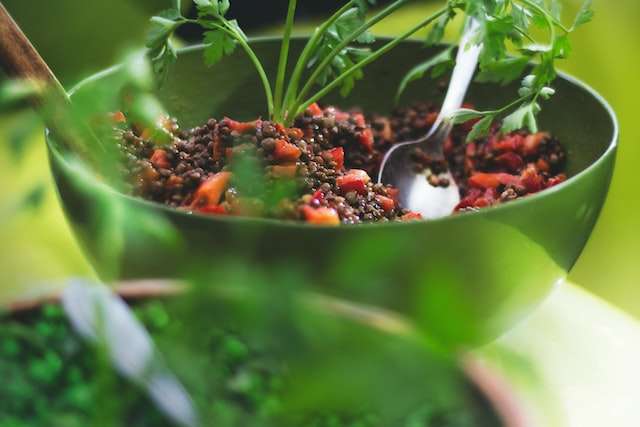
History of lentil from the beginning until today
- Tiny lentils that have been dried out have been a staple food for humans almost since the beginning of time. On the banks of the Euphrates River in what is now northern Syria, artefacts that date back to roughly 8000 B.C. indicate that lentils were cultivated and subsequently domesticated there.
- Around the year 6000 B.C., lentils made their way to Greece, where they were a staple diet for the lower classes of society. The contrary was true in Egypt, where remnants of lentils dating back to 2400 B.C. were discovered in royal tombs at Thebes. These tombs were located at Thebes. The cooking of lentil soup is seen on a fresco that dates back to the second century.
- The cultivation of lentils may be traced all the way back to 2500 B.C. in India, which accounts for nearly half of the global consumption of lentils. There are now around 50 distinct kinds being cultivated. There are millions of vegetarians throughout the subcontinent, and lentils are an essential source of nutrition for them. Nearly every traditional Indian meal contains at least one dish that is made with lentils.
- Lentils were finally brought all the way to Western Europe from the Near East. Lentilles du Puy are a kind of lentil that are grown in the south of France. They have spherical green seeds and mottled dark green hulls, and they have become a popular element in French bistro cuisine.
- Early in the 16th century, Spanish and Portuguese explorers brought lentils to the Americas. Lentils were originally a Mediterranean crop. However, they did not become popular in American cooking until World War II, when they were pushed as a meat substitute because to their cheap cost, broad availability, and high nutritional content. This allowed them to acquire a footing in the American culinary scene.
- Curry made with lentils is a staple dish in many parts of the world, including the Indian subcontinent, Fiji, Mauritius, Singapore, and the Caribbean. It is often consumed with rice or roti. The majority of vegetarian curries are thickened with boiled lentils and stock made from lentils. They are also stuffed into dal parathas and puri, which are often eaten for breakfast or as snacks. Additionally, lentils may be found in a wide variety of regional desserts in their sweet forms. Breads like papadam and other variants may be made using a variety of various flours, including lentil flour.
- In many parts of the world, including Europe, North and South America, and parts of Asia, a soup made with lentils is known for being low-cost while still being high in protein and other essential nutrients. In the Western nations, salads often include lentils that have been cooked.
